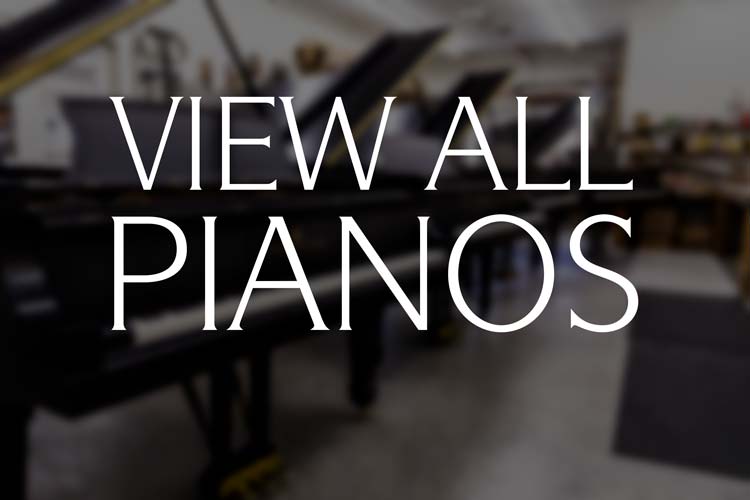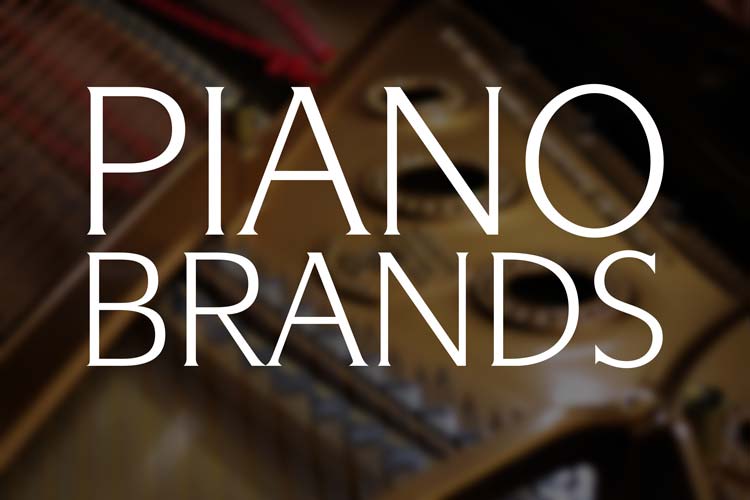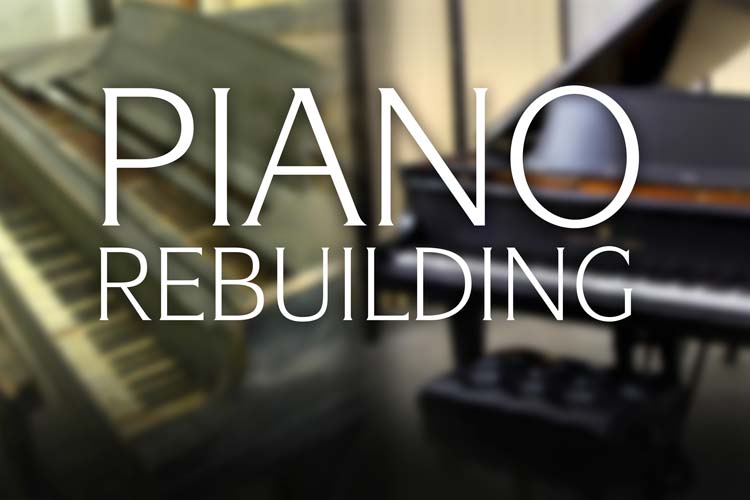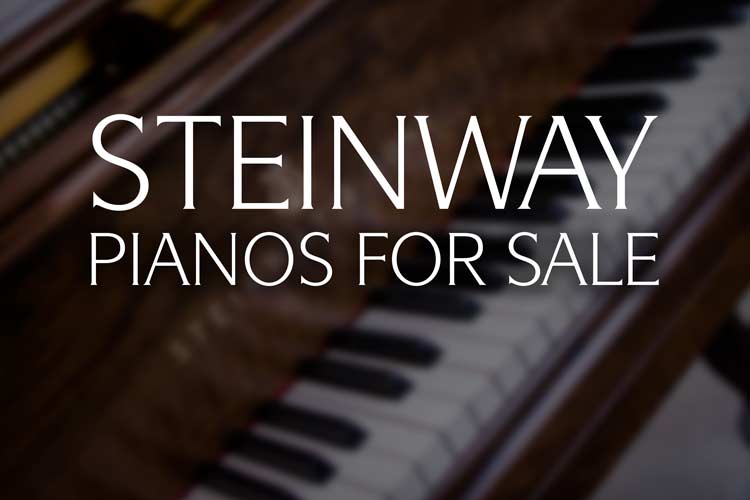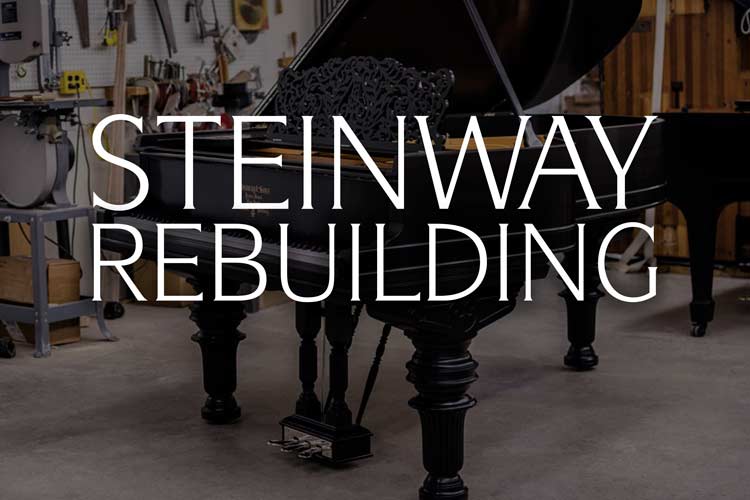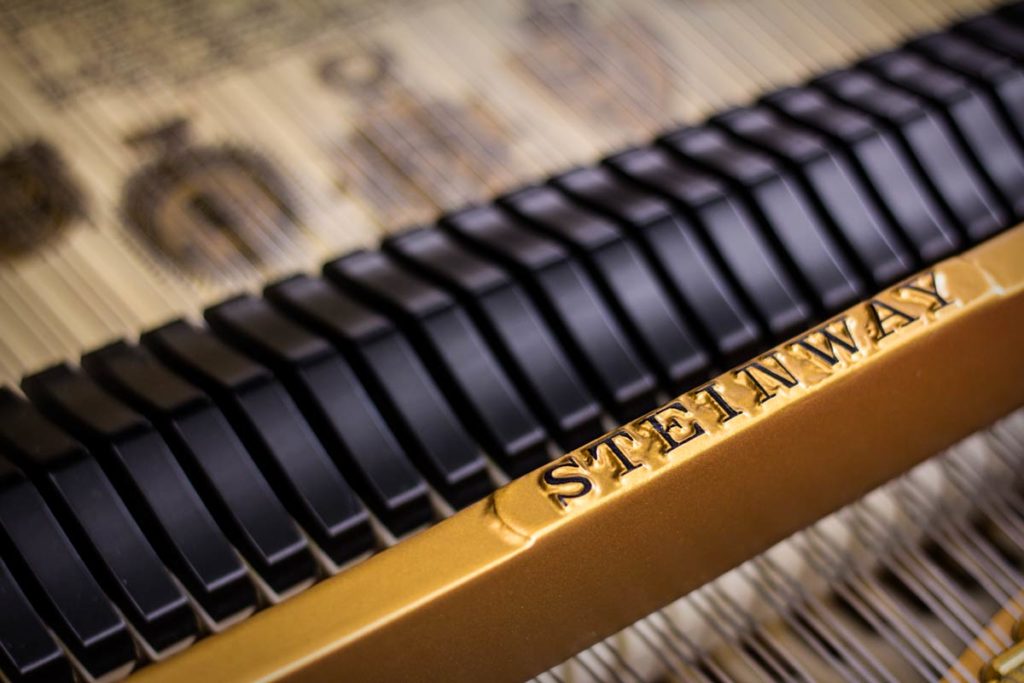
Steinway & Sons | A Basic History
In the early part of the 20th century there were more than 300 piano manufacturers in the United States alone, churning pianos out of factories large and small at a rapid pace. A piano was THE luxury item that everyone wanted in their home. If you didn’t have one already you wanted one and if you had one, you probably wanted to upgrade to a better one. Today, few of these companies remain in business, victims of changing taste and economic swings. However Steinway & Sons continues on.The Steinway name is everywhere. From the cabinets of living room baby grand pianos to the foremost concert venues in the world, the mention of Steinway still commands a deep respect for the instruments and the music artists create with them. Here is a basic history of this famed business.
The Founding of Steinway:
The company was founded on March 5, 1853 by Henry Engelhard Steinway. An immigrant from Germany, he had already built a number of pianos by the time he founded the new company in New York, New York. Compared to many of his fellow craftsmen in Germany, he was quite well to do and was famous for his work. His first Steinway & Sons piano sold to a local family for the price of five hundred dollars.
The company grew rapidly. So rapidly that within a year he moved the business to a larger facility on Walker Street. Their first Grand pianos were completed in 1856. By the 1860s a new factory housed the piano manufacturing and a workforce of 350 were producing over 1,800 pianos a year. In the early days of Steinway, new ideas and innovation were key to their success. The famed duplex scale, overstrung bass strings and many other industry changing designs were developed during this time. The Steinway piano did battle against other popular brands during this time, including Mason & Hamlin, Chickering and Sons and more. The company secured many awards at various trade fairs, which bolstered the reputation of the instruments. The Steinway name had been cemented as one linked to quality and innovative ideas.
Expansion and the World War: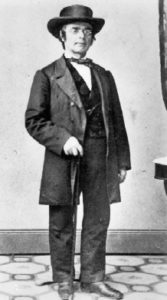
It was clear at that point that Steinway pianos were there to stay and the company continued to push through rapid growth. To reach the European market, William Steinway and C.F. Theodore Steinway built a factory in Hamburg, Germany in the year 1880. Hamburg Steinway Pianos share many of the same innovations and techniques as their New York brothers, and designers share ideas between the two factories. However there are differences that make these instruments unique and sometimes preferred by artists. Speaking of artists, in the early 1870s the Steinway artists program was born. This program where pianists are supplied the best Steinway & Sons pianos is a useful promotion for both the company and the artist themselves. (Other companies have utilized the same formula, but Steinway has had the most success by far.)
As the world changed, Steinway did their best to change with it. In the early 1900s they began to produce player pianos and during World War 2 they built the ‘G.I. Piano.” This piano was designed to be easily moved throughout war zones and dropped by parachute to bring music to the front. The war’s destruction did not pass the Steinway company by. The Hamburg Steinway factory was hit by Allied bombs and had to be rebuilt after the war. (This is why it is difficult to find many records for pre-WWII pianos from the Hamburg factory.)
From the 60s Onward:
By the 1960s piano production had expanded and forged ahead. But not all was well with the company. In 1972 due to various legal and financial troubles, the Steinway & Sons company was sold to CBS. Overall, this was not a successful move by either party involved and eventually it was sold again in 1985 and merged with another musical business conglomerate in 1995. The company continued on during this time and by 2000 Steinway completed its 550,000th piano and began to expand into other areas. The Boston and Essex lines were introduced by Steinway. These pianos were/are more affordable and are billed as being ‘designed by Steinway.’ Boston pianos are manufactured by the respected Kawai company in Japan while the Essex pianos are built by Pearl River in China. In the year 2013 Steinway & Sons changed hands once again when Paulson & Co. reached an agreement to purchase the company.
Present Day:
With the purchase of Steinway by Paulson & Co., John Paulson assured an anxious music community that the iconic Steinway quality and way of doing things would remain as it always had. In 2014 Steinway completed their 600,000 instrument. The Steinway & Sons name is here to stay and many throughout the world are very glad for that. The quality of these instruments is evident as even a century old piano can be restored back to glory and continue to provide music for decades to come.
Learn More about Chupp’s Piano Service, Inc. and the work we do on vintage Steinway & Sons instruments.
Comments are closed

